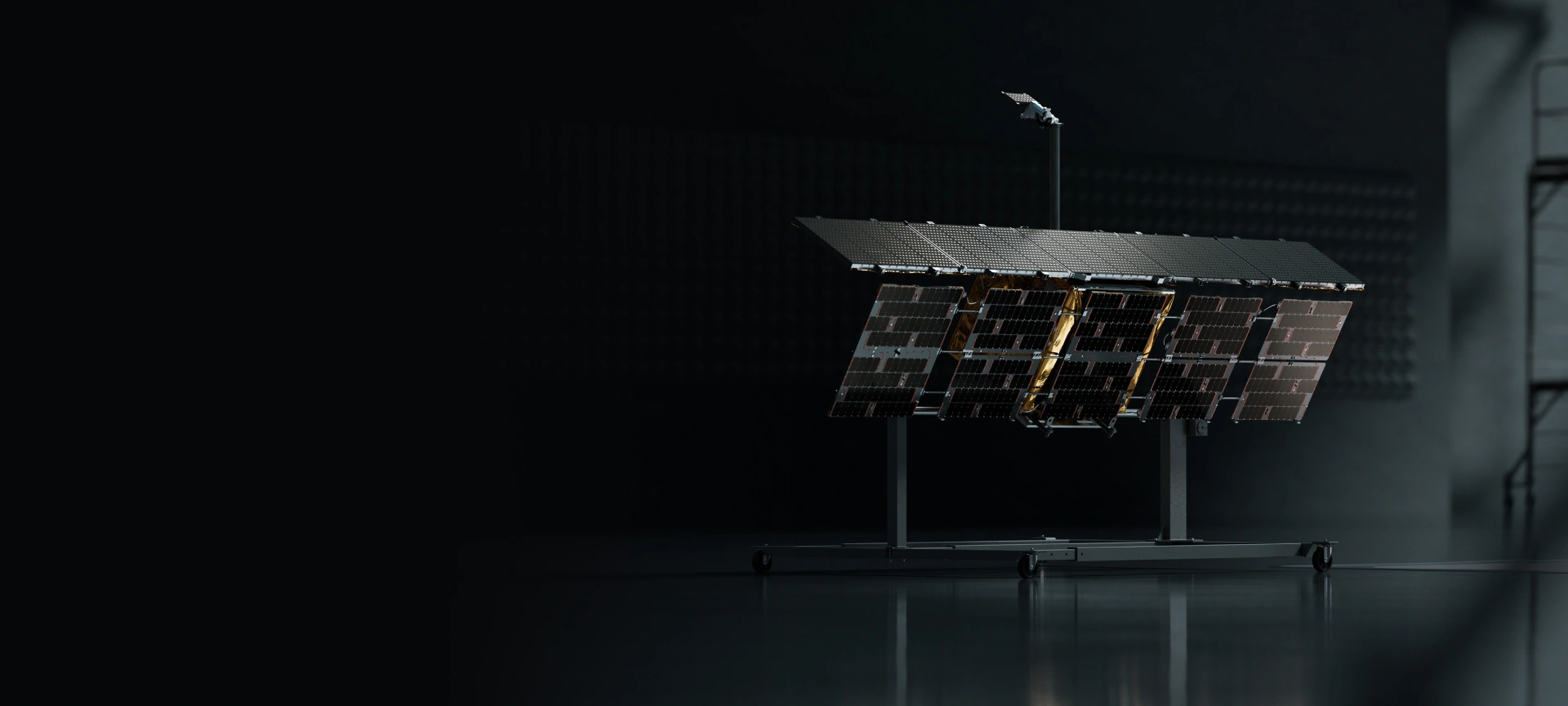Contact us
Get in touch with our experts to find out the possibilities daily truth data holds for your organization.
Persistent Monitoring
Natural catastrophe solutions

Technology
Our constellation of small, affordable satellites enables persistent monitoring that can be quickly activated and flexibly manoeuvred, delivering the right information at the right time.
ICEYE’s ion engines gives us the phenomenal capability to adjust the altitude so that each satellite orbits the Earth exactly 15 times in 24 hours. So an ICEYE satellite can image the exact same point on the ground every day – rain or shine, day and night. And because our satellites are less than 100 kg, we’re able to have many of them doing Daily Coherent Ground Track Repeats of the same locations across the globe. This enables a level of scientific data exploitation that’s never been possible.

SAR satellites are designed for change detection. Images taken from the same location with the same geometry are always identical unless something changes.
using the computer to compare microphase changes within the image pixels, we can identify changes in between observations and beyond human sight. It’s an almost forensic level of persistent information that’s unlike anything the world has ever seen before.

ICEYE's antenna design is truly unique. It's an electronically-steered phased array that we can control with software. By controlling when the radiation is illuminated from the front of the antenna, we can make the beam point in different directions.
The standard time from image acquisition to data delivery is 12 hours, with the capability to deliver imagery in as little as a few hours for urgent requests.
Our constellation is designed to make SAR imagery accessible to all. We provide a variety of access options to meet your needs.
By imaging your location of interest daily from the exact same location in space, ICEYE enables a level of change detection that has never been possible before.